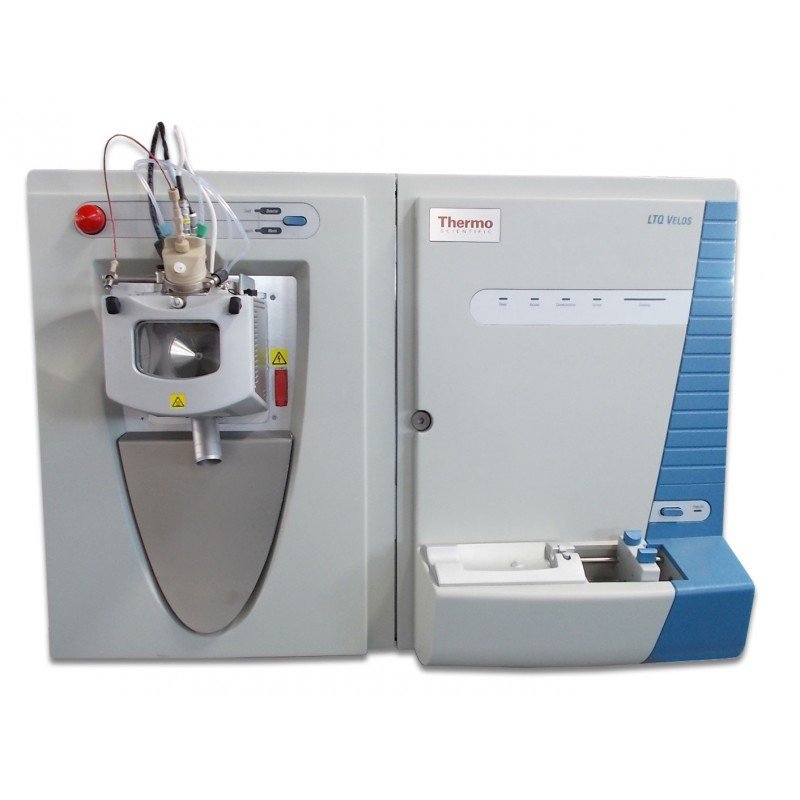
Separation technologies, such as liquid chromatography (LC) coupled with mass spectrometry (MS), are the principal analysis techniques for identifying and quantifying compounds. The ever-increasing demands of modern analysts, and novel application workflows, have led to the evolution of these instruments.
Much of science is devoted to answering two questions: “What is it made of?” and “How much of it is there?” Mass spectrometry is the technology of choice used to answer these questions in a wide range of applications, ranging from testing vegetables for pesticides, to testing river water for pharmaceutical residues through analyzing human proteins in search of better cancer therapies. Mass spectrometry (MS) provides very sensitive, very precise means of separating substances into their individual components, identifying those components and often measuring how much of each component is present.
There are many different designs of mass spectrometers to meet specific needs of the scientific community, from routine testing of food products for safety through monitoring drug manufacturing and analyzing tissue to research the causes disorders like autism or cancer.
Liquid Chromatography-Mass Spectrometry Thermo Fisher Scientific has achieved a reputation for building particularly powerful, rugged, high-performance LC-MS instruments for disease research including proteomics and metabolomics, clinical research, monitoring the environment, testing food, pharmaceutical process monitoring, sports anti-doping analyses, drugs-of-abuse testing and forensics. They range from workhorse single quadrupole LC-MS instruments through limit-stretching Orbitrap Fusion “Tribrid” systems. Triple Quadrupoles – widely used in life science research and routine analyses such as food testing, environmental analysis and pharmaceutical quality control. When working with complex matrices, triple quadrupole (QqQ) mass spectrometers have established popularity in quantifying analytes at very low detection limits, with specificity and selectivity. Similarly, high-resolution accurate-mass (HRAM) spectrometers are also known for their outstanding selectivity, specificity, and sensitivity when working with challenging matrices.
The ability to develop robust and reliable assays with both QqQ and HRAM systems has made these technologies a common choice when it comes to quantitation of analytes in complex matrices. Both technologies offer unique advantages, enabling supreme confidence in the quantitation of a variety of molecule types. Regardless of the chosen technology, we are still facing challenges in the development of robust and appropriate methods, the time taken to become operational, reducing cost per sample, etc. This paper outlines the latest developments with both of these MS techniques and highlights the suitability of each for varying application demands and challenges.
Linear Ion Traps – useful for screening for unknown compounds, peptide identification, measuring drug metabolism, determining structure of small molecules. Thermo Scientific LTQ XL ion trap LC-MS mass spectrometer delivers high-sensitivity MSn performance to generate extensive structural information for routine proteomics and metabolism applications. Its high-capacity 2D linear ion trap configuration with powerful software is a complete solution for structural elucidation questions. The LTQ XL MS offers multiple dissociation techniques, PQD, ETD and CID.
- PQD is a proprietary technique that eliminates the low mass cut-off concern inherent with all ion traps
- Extensive coverage for predictedand unpredicted metabolites
Orbitrap-based LC-MS – Orbitrap technology is proprietary to Thermo Fisher Scientific, and is known for the ability to perform very challenging quantitative and qualitative analyses at very high resolution and accurate mass performance levels. The Orbitrap is an ion trap mass analyzer that consists of two outer electrodes and a central electrode, which enable it to act as both an analyzer and detector. Ions entering the Orbitrap are captured through "electrodynamic squeezing," after which they oscillate around the central electrode and in between the two outer electrodes. Different ions oscillate at different frequencies, resulting in their separation. By measuring the oscillation frequencies induced by ions on the outer electrodes, the mass spectra of the ions are acquired using image current detection. Due to its setup, the Orbitrap mass analyzer is actually a Fourier Transform mass analyzer analog of FT-ion cyclotron resonance (ICR) technology, yet with smaller instrument size and easier instrument operation. Orbitrap technology drives high-resolution, accurate mass (HRAM) data, generating incredibly high resolution measurements of up to 500,000 FWHM (with the option of achieving up to 1,000,000 FWHM) at m/z 200. This distinguishing feature, which is unique to the Orbitrap, is made possible
